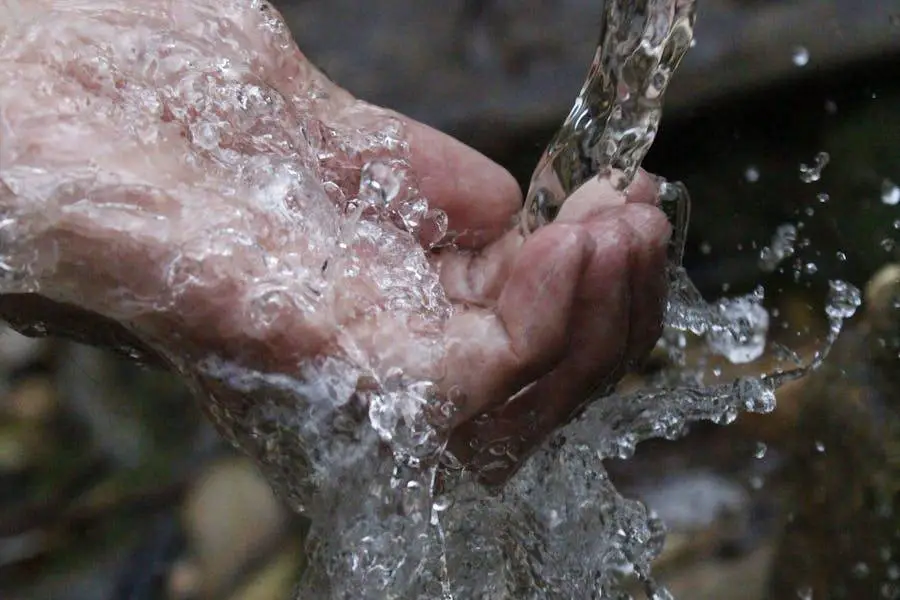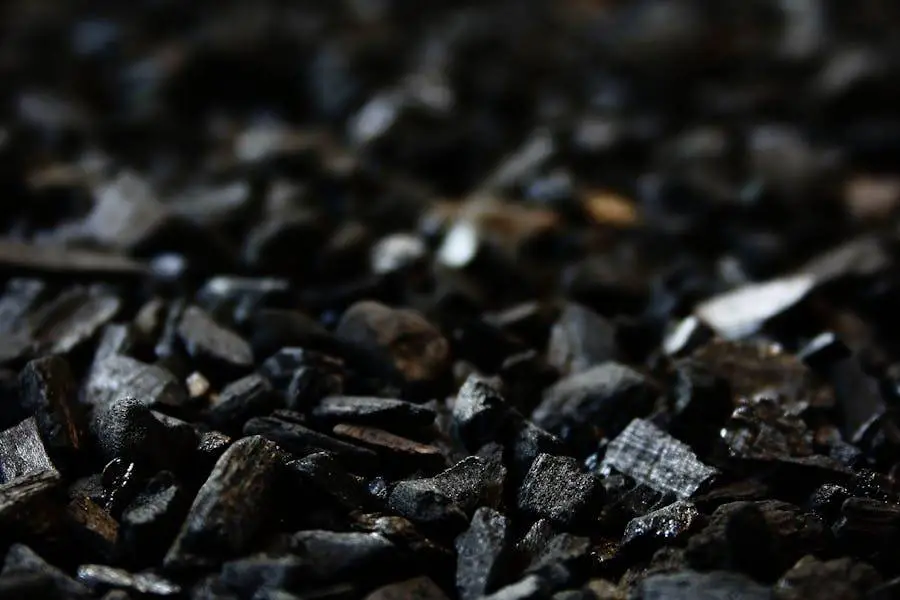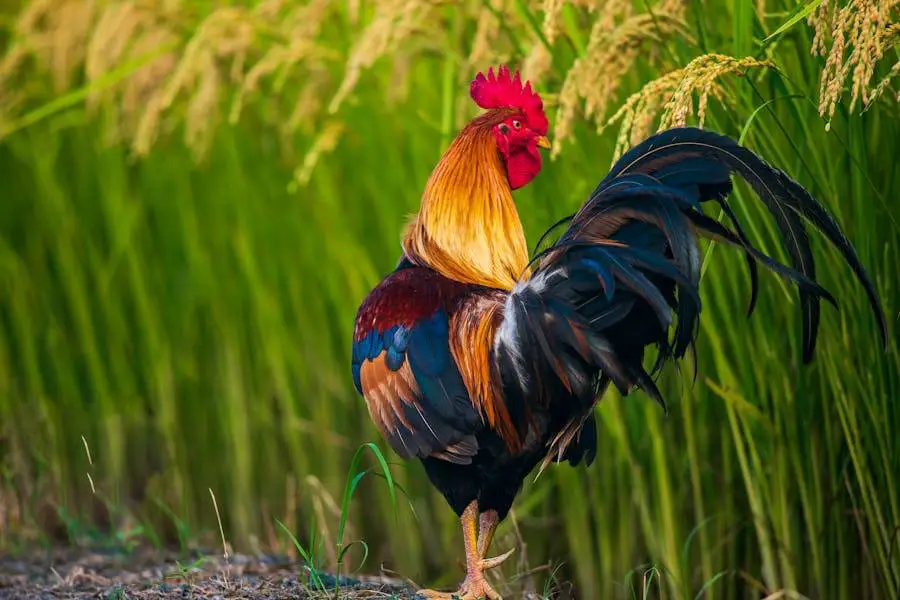Table of Contents
The quest for locating spring water on one’s own property is an endeavor that merges the ancient with the modern—combining time-honored techniques of water divination with contemporary environmental science.

This guide aims to equip you with the knowledge and tools necessary to identify, test, and ultimately harness the natural spring water beneath your land.
From understanding the basic principles that govern the formation of springs to the nitty-gritty of legal considerations, we delve deep into each aspect of this fascinating journey.
Understanding Spring Water
The Science Behind Spring Water Formation
Spring water emerges from the earth’s surface where underground water flows naturally to the ground.
This phenomenon is often the result of an aquifer being filled to the point that the water overflows onto the land surface.
Geologically speaking, springs can occur when porous rock layers become saturated with water, which then finds a path to the surface through cracks and fissures in the impermeable rock above.
Types of Springs and Their Characteristics
Springs can vary widely in size, rate of flow, temperature, and water quality, largely depending on their geological context.
Some common types include artesian springs, which are pressurized; gravity springs, emerging from high elevations; and thermal springs, known for their warm or hot water.
Each type has distinct indicators and requires specific considerations for identification and utilization.
Preparing for Your Search
Necessary Tools and Equipment
Embarking on a spring water search requires not just keen observation skills but also a set of tools. These may include topographical maps, a compass, pH test strips, and perhaps even a drone for aerial surveys.
Equally important is familiarizing yourself with these tools before heading out into the field.
Safety Precautions and Legal Considerations
Safety should always be your top priority. This includes being aware of potential hazards on your property and understanding your legal rights and responsibilities regarding water use.
In many regions, water rights are strictly regulated, and finding spring water on your land doesn’t necessarily grant you the right to use it.
Identifying Potential Spring Locations
Identifying potential locations for springs on your property involves a blend of keen observation, understanding of the landscape, and sometimes a bit of intuition.
The search for spring water is as much about recognizing the subtle signs nature offers as it is about applying scientific principles. Here’s how you can approach this task in detail:
Understanding the Landscape
Study Topographical Maps
Begin by obtaining a detailed topographical map of your property. These maps highlight variations in elevation, water bodies, and landforms.
Look for areas where there are natural depressions, valleys, or slopes.
Springs often emerge at the base of hills or in low-lying areas where groundwater, pushed by gravity, finds its way to the surface.
Identify Recharge Areas
Recharge areas are regions where water infiltrates the ground and replenishes the aquifer. These are crucial for the formation of springs and are often found in elevated or hilly regions.
The presence of limestone or other porous rocks can indicate potential recharge areas, as these materials allow water to percolate down into the aquifer.
Observing Vegetation and Soil Moisture

Look for Water-Dependent Vegetation
Certain plants thrive in moist conditions and can serve as indicators of underground water. Willow trees, cattails, and reeds are commonly found near water sources.
A patch of lush, green vegetation in an otherwise dry area may suggest the presence of a spring.
Notice Soil Moisture Levels
Soil moisture can also provide clues. Areas that remain wet and muddy, even during dry periods, might be directly above a spring.
Pay attention to the texture and color of the soil; darker, richer soils often retain moisture better and might indicate seepage from a spring.
Watching Wildlife Behavior
Animals and birds are adept at locating water sources. Regular paths or trails leading to a particular area might suggest that wildlife frequents it for drinking.
Birds circling or congregating in a specific spot, especially during dry seasons, can also indicate the presence of water nearby.
Using Modern Technology
Drones for Aerial Surveys
Drones equipped with cameras can provide a bird’s-eye view of your property, making it easier to spot potential spring locations, especially in inaccessible areas.
Look for signs of moisture or vegetation patterns that suggest water presence.
Ground-Penetrating Radar (GPR)
For a more technologically advanced approach, Ground-Penetrating Radar can detect subsurface anomalies, including saturated zones that could indicate groundwater.
This method can be costly but highly effective in identifying potential spring sites.
Practical Field Tests
Digging Test Pits
In areas where you suspect the presence of a spring, consider digging small test pits to observe whether water seeps into them over time.
This method can be labor-intensive but provides direct evidence of groundwater.
Using Dowsing Rods
Though scientifically controversial, some individuals report success in finding water using dowsing rods.
This ancient practice involves holding a Y-shaped branch or metal rods and walking over the land to detect water below.
While not backed by scientific evidence, it remains a part of traditional water-finding techniques.
Conducting Field Research
Mapping Your Property
Creating a detailed map of your property and marking potential spring sites identified through topographical and biological indicators, is a critical step.
This map will serve as a guide during your physical inspection and later efforts to capture and utilize the spring water.
Physical Inspection and Data Collection
Armed with your map, embark on a systematic exploration of your property.
Look for signs of seepage, wet ground, or water-loving plants. Documenting your findings with notes, photographs, and GPS coordinates is essential for further analysis and verification.
Testing and Verifying Water Quality
Basic Water Quality Indicators
Before considering the use of spring water, testing its quality is imperative. Initial tests can be conducted using simple kits to measure pH, turbidity, and the presence of certain minerals and bacteria.
These tests provide a preliminary overview of the water’s potability.
Professional Testing Services
For a comprehensive understanding of your spring water’s quality, professional testing services are recommended.
These services can test for various contaminants, including heavy metals, pesticides, and more, ensuring the water is safe for consumption and use.
Capturing and Utilizing Spring Water
Designing a Spring Box
If the spring water is deemed usable, capturing it efficiently while protecting it from contamination is the next step.
A spring box, designed to encase the spring’s emergence point, can collect the water while keeping out debris and animals.
Filtration and Purification Methods

Even if spring water is clean at the source, filtration and purification are crucial steps before consumption.
Systems range from simple charcoal filters to complex UV purification units, depending on the intended use and water quality.
Maintaining Your Spring Water Source
Regular Monitoring and Maintenance
To ensure the continued safety and reliability of your spring water, regular monitoring is essential.
This includes periodic water quality testing, cleaning the spring box, and inspecting the surrounding area for potential sources of contamination.
Addressing Contamination and Access Issues
Should your spring water become contaminated, identifying and mitigating the source of contamination swiftly is crucial.
Additionally, managing access to the spring, both for humans and wildlife, can help protect its integrity.
Conclusion
Finding spring water on your property is a rewarding venture that connects you with the natural world in a profound way.
With the right knowledge, tools, and respect for the environment, you can unlock this precious resource, ensuring its purity and availability for years to come.
Whether for personal use or as a contribution to sustainable living practices, the effort invested in discovering and maintaining a natural spring is an invaluable gift to both the land and its stewards.








